Agricultural production across sectors in Russia increased by 2.6% in the first half of 2016 compared with the same period last year, according to preliminary figures released by Russian state statistics bureau Rosstat.
Last year, Rosstat figures indicate that output from Russian farms increased by 3% compared with 2014 levels and production looks set to increase further in 2017 if weather permits.
In August this year, Russian president Vladimir Putin signed a decree extending the ban on imports of western food products until the end of 2017.
Russia originally imposed the ban on imports of food products including meat, fish, dairy, fruit and vegetables from the EU, US, Canada and several other western countries in July 2014. The trade embargo was in response to sanctions on Russia in the wake of Putin’s annexation of Crimea and his country’s interference in the Ukraine conflict.
Self-sufficiency
The Russian government has made clear intentions to increase agricultural production with the aim of having overall food self-sufficiency by 2020.
Investment and favourable weather has allowed record grain harvests in Russia. Last year, Russia overtook the US as the largest exporter of wheat globally with 30m of grain shipped in 2015.
In the livestock sectors, pig and poultry production have increased the most and continue to be the most popular meat products for Russians. However, there is also scope for increased beef production as the economy recovers in Russia and affluence increases among consumers.
One anomaly is the dairy sector, with USDA estimating that the Russia milking herd will decrease by 3% to 7.32m head in 2017 due to low investment in the sector over the past two years.
Fruit and dairy products are areas of a shortfall for Russian agricultural production. Moscow has approved imports from New Zealand, as well as Asian countries to fill these gaps caused by lower domestic production and trade embargos.
The Russian economy was damaged by plummeting oil prices from $150 a barrel three years ago to $30 a barrel earlier this year. Trade sanctions, the collapse of the Russian rouble and looming food crisis provided that catalyst for increasing domestic agricultural production and increasing food self-sufficiency.
Food prices have also inevitably increased with prices stabilising in recent months have increased by 14% in 2015. Rosstat data also suggests that 35.5% of average household incomes were spent on food in the first have of 2016, a sharp contrast to the UK’s 11%.
Read more
EU sanctions put Russian farmers on the pig’s back
Route to Russia
Russia’s biggest farmers: who are they and what do they farm?
Agricultural production across sectors in Russia increased by 2.6% in the first half of 2016 compared with the same period last year, according to preliminary figures released by Russian state statistics bureau Rosstat.
Last year, Rosstat figures indicate that output from Russian farms increased by 3% compared with 2014 levels and production looks set to increase further in 2017 if weather permits.
In August this year, Russian president Vladimir Putin signed a decree extending the ban on imports of western food products until the end of 2017.
Russia originally imposed the ban on imports of food products including meat, fish, dairy, fruit and vegetables from the EU, US, Canada and several other western countries in July 2014. The trade embargo was in response to sanctions on Russia in the wake of Putin’s annexation of Crimea and his country’s interference in the Ukraine conflict.
Self-sufficiency
The Russian government has made clear intentions to increase agricultural production with the aim of having overall food self-sufficiency by 2020.
Investment and favourable weather has allowed record grain harvests in Russia. Last year, Russia overtook the US as the largest exporter of wheat globally with 30m of grain shipped in 2015.
In the livestock sectors, pig and poultry production have increased the most and continue to be the most popular meat products for Russians. However, there is also scope for increased beef production as the economy recovers in Russia and affluence increases among consumers.
One anomaly is the dairy sector, with USDA estimating that the Russia milking herd will decrease by 3% to 7.32m head in 2017 due to low investment in the sector over the past two years.
Fruit and dairy products are areas of a shortfall for Russian agricultural production. Moscow has approved imports from New Zealand, as well as Asian countries to fill these gaps caused by lower domestic production and trade embargos.
The Russian economy was damaged by plummeting oil prices from $150 a barrel three years ago to $30 a barrel earlier this year. Trade sanctions, the collapse of the Russian rouble and looming food crisis provided that catalyst for increasing domestic agricultural production and increasing food self-sufficiency.
Food prices have also inevitably increased with prices stabilising in recent months have increased by 14% in 2015. Rosstat data also suggests that 35.5% of average household incomes were spent on food in the first have of 2016, a sharp contrast to the UK’s 11%.
Read more
EU sanctions put Russian farmers on the pig’s back
Route to Russia
Russia’s biggest farmers: who are they and what do they farm?




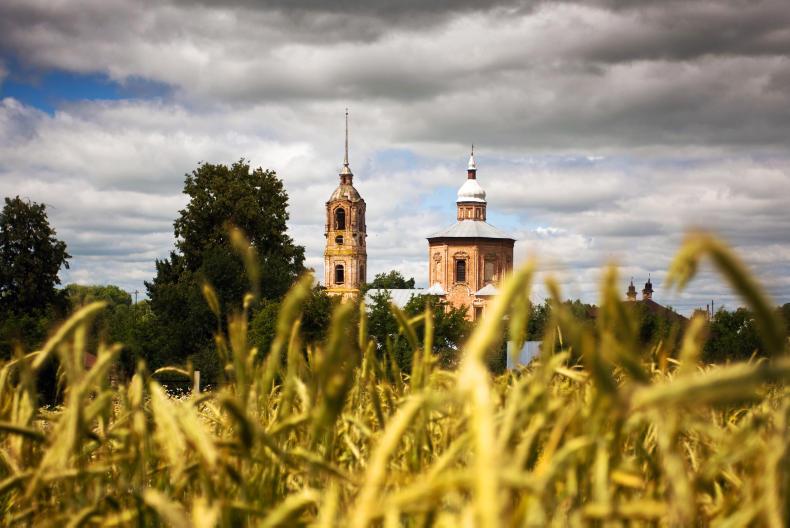
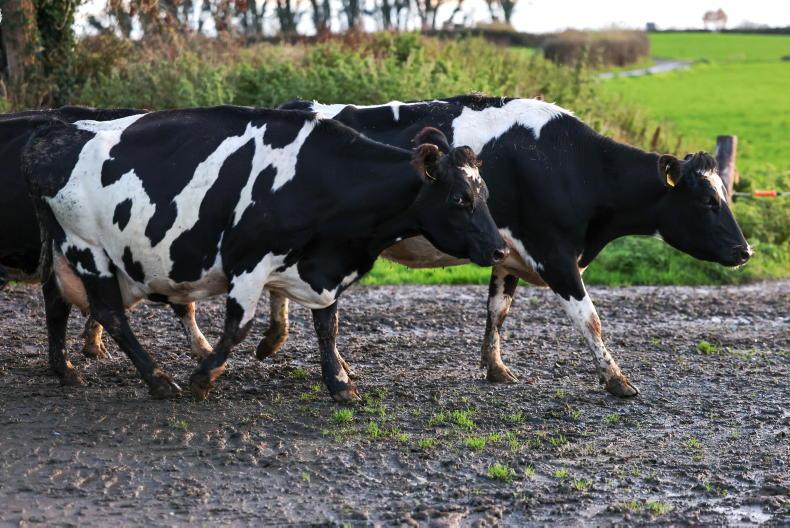
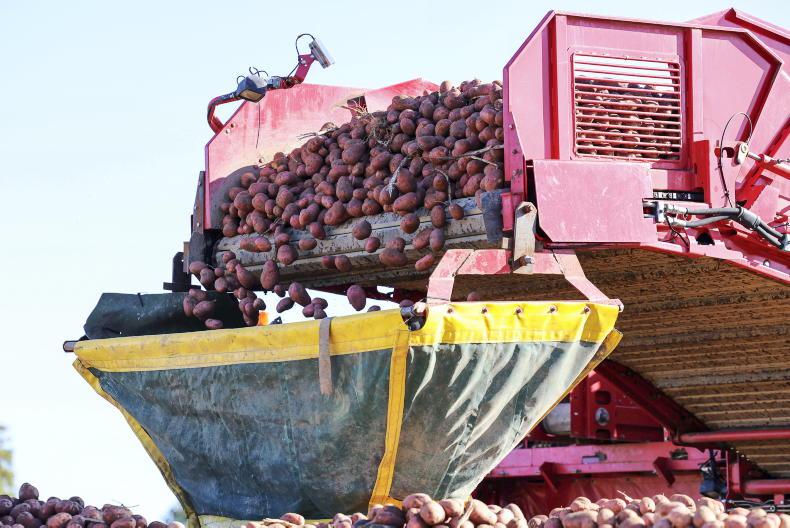
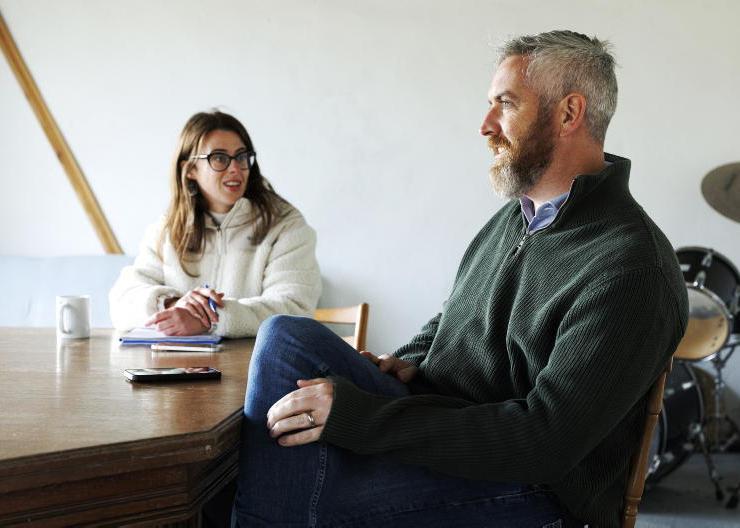
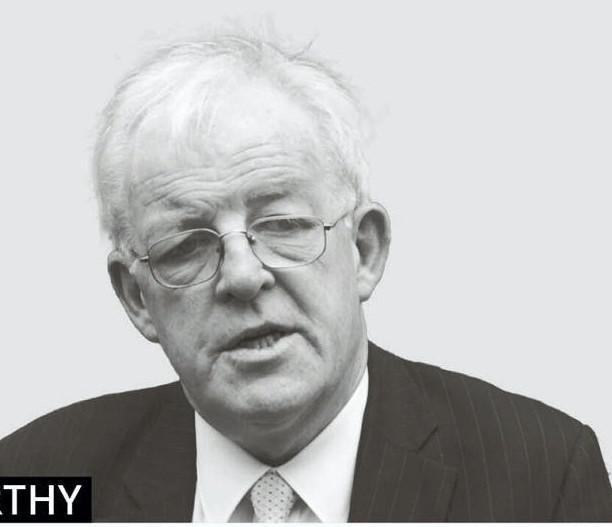
SHARING OPTIONS